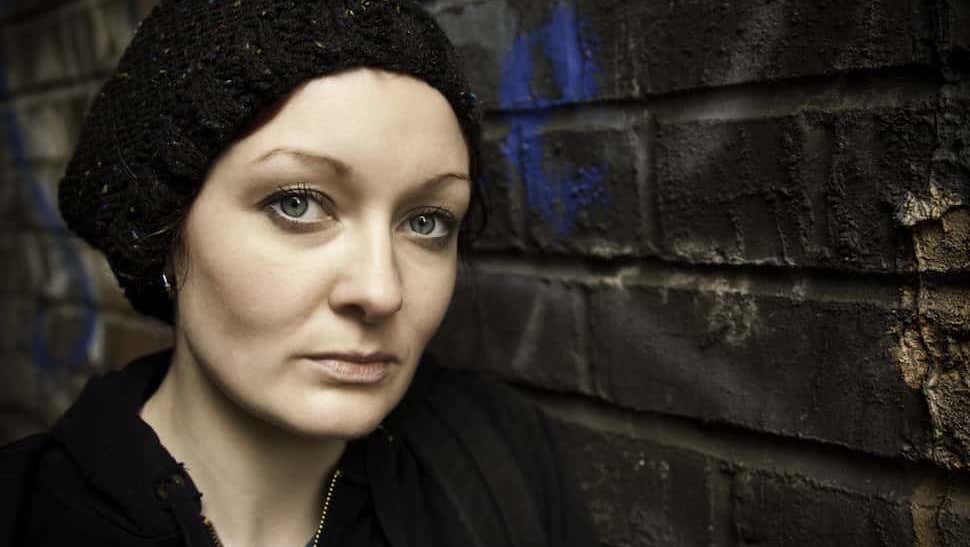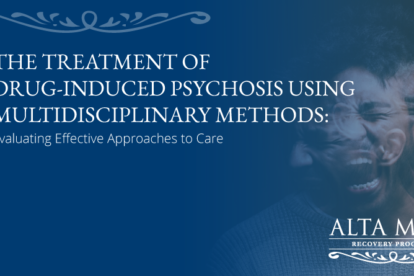
Co-Occurring Disorder Statistics
Co-occurring disorders, meaning the simultaneous diagnosis of both a substance use disorder and mental health disorder, are common. Statistics on co-occurring disorders give important information on prevalence, demographics, and other details which may help with addiction and mental health treatment, as well as solutions for problems that can be a consequence of dual diagnoses.
Statistics on co-occurring disorders—also known as dual diagnoses and comorbidity— can present a clearer picture of the relationship between substance use disorders and mental health disorders.
It is important to treat both disorders concurrently for the best chance of a successful recovery.
Prevalence of Co-Occurring Disorders
Co-occurring disorders are prevalent. The 2019 National Survey on Drug Use and Health (NSDUH) found that approximately 9.5 million American adults (3.8 percent) had a mental illness (AMI) as well as a substance use disorder within the past year. It also found a co-occurrence of serious mental illness (SMI) and a substance use disorder within 3.6 million (1.4 percent) of American adults.
It is likely that someone who has either a substance use disorder or a mental health disorder will have the other as well. Reports show that 29 percent of those considered mentally ill and about 50 percent of those who have a severe mental disorder also experience substance abuse. On the flip side, 53 percent of people who abuse drugs and 37 percent of people who abuse alcohol have one or more serious mental illness.
Demographics
Some studies of co-occurring disorders have broken down the rates by demographics, showing that certain groups had higher rates of a coexistence between addiction and a mental illness:
- Adults from the ages of 18 to 26 had the highest rates of a co-occurring disorders with AMI in the past year, at 7.6 percent, in the 2019 NSDUH
- In adolescents from 12 to 11.1 percent of those who had a major depressive episode in the past year used illicit drugs
- In 2019, 42 million adults has a mental illness, 9.7 million adults had a substance use disorder, and 9.5 millions adults had both a substance use disorder and co-occurring mental illness.
- Among older adults aged 50 or over in 2019, 0.5 percent (or 607,000 people) had both a serious mental illness and a substance use disorder in the past year (2019 DT 10.6). The percent with both serious mental illness and a substance use disorder remained stable among this population between 2015 and 2019.
- Among the 9.5 million adults in 2019 who had a co-occurring substance use disorder and any mental illness, 48.6 percent (or 4.6 million people) received either addiction treatment at a specialty facility or mental health services in the past year, 38.7 percent (or 3.7 million people) received only treatment for mental health, and 7.8 percent (or 742,000 people) received both substance use treatment at a specialty facility and mental health services.
Statistics on Treatment of Co-Occurring Disorders
Statistics also give information on the available treatment for co-occurring disorders and show how many people need and receive treatment. Of the facilities that participated in the 2019 National Survey of Substance Abuse Treatment Services (N-SSATS), 53 percent reported that they provide treatment tailored to co-occurring disorders. However, not all of those with co-occurring disorders are receiving treatment for either or both of the disorders.
- 88 percent of surveyed facilities had clients in treatment for both alcohol and drug abuse, 87 percent had clients in treatment for addiction only, and 77 percent had clients in treatment for alcoholism only.
- The percentage of clients in treatment for co-occurring mental health and substance use disorders increased significantly from 40 percent in 2009 to 48 percent in 2019.
- Among all clients in treatment, 55 percent were diagnosed with co-occurring substance use and mental disorders.
It’s important to address both aspects of a co-occurring disorder to achieve effective treatment, as neglecting one can stand as a roadblock to full recovery. Also, comprehensive treatment is necessary because of the seriousness of co-occurring disorders, with consequences that include an increased likelihood of relapse, suicide risk, rehospitalization and other negative outcomes. World-class drug addiction treatment centers that treat both addiction and co-occurring mental health disorders concurrently offer the best hope for recovery.
Statistics help provide information on co-occurring disorders and their treatment that can be used to help people with co-occurring disorders and improve availability of, access to and effectiveness of treatment.






